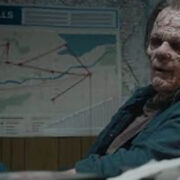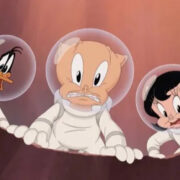Do Your Homework: James Gray’s LITTLE ODESSA
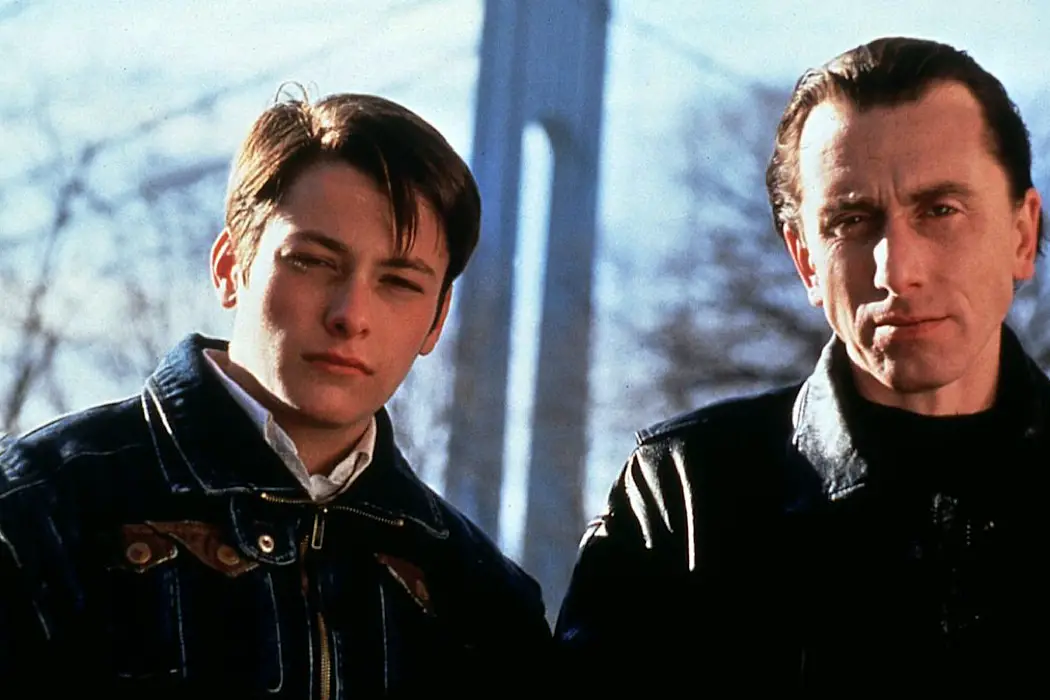
I've been a film lover since being traumatized by "The…
James Gray has been an underdog for personal filmmaking for the last decade now. On the outside, his movies are genre-driven crowd-pleasers that then transform into more mature arthouse projects with deeper themes and greater ambitions. His movies are timeless but not necessarily relevant. He tells stories when there is not a high demand for them to be told, never waiting for permission. His films typically underperform at the box office, yet he always finds a way to finance the next one.
Gray’s latest film “Armageddon Time,” was met with high praise at both this year’s Cannes and Telluride Film Festival. Gray has described it as a look back at his Jewish upbringing in New York City and the moral dilemmas he faced as a child. But this is not the first time Gray has made a film about his youth. His undervalued debut feature “Little Odessa” is not only a sobering look at a first generation Brooklyn family that gradually, and then suddenly, destroys itself, but is also the best gangster film you’ve never heard of.
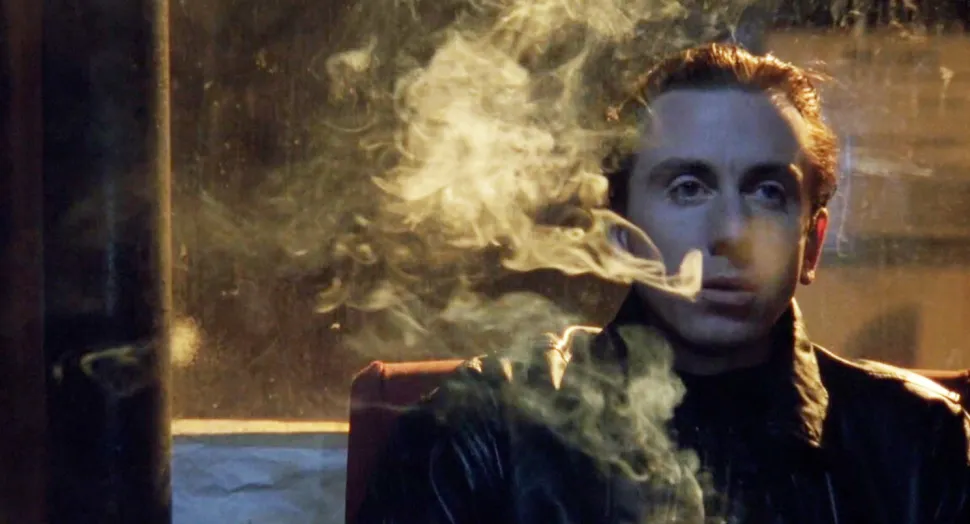
An easy way to describe “Little Odessa” is that it’s “The Godfather” if you swap out Italian Catholics for Russian Jews. It explores this niche ethnic community in a story about family, repentance, and bloodshed. It follows a young hitman named Joshua (played by Tim Roth) who returns to his home in Brighton Beach (also known as Little Odessa) after being exiled for a number of years by his immigrant father for bringing shame to the family for committing unspeakable acts. Joshua tries to reconnect with his younger brother, make amends with his dying mother, be with the girl he left behind, and perhaps even receive forgiveness from the father who disowned him. Once the local mob hears of his return, Joshua finds himself with a target on his back.
The gangster genre was rabid in the nineties. Budding filmmakers, most notably Quentin Tarantino, were breathing new life into it. They were hipper and more violent than ever. What sets Gray’s nineties mob movie apart from the pack was its throwback style to an older kind of hitman story. “Little Odessa” is not a cocaine-fueled descent into madness like “Scarface” or “Goodfellas.” Instead, we get a deliberately paced character study that is only occasionally violent but consistently poignant.
While so many crime films, either intentionally or unintentionally, glorify the lifestyle of the mob through stimulating depictions of violence, there is a perpetual sadness to “Little Odessa.” It is as if the film is in a constant state of a guilt-ridden confession. Most of the acts of violence happen in the shadows. The Joshua character kills not because he is chasing some glamorous lifestyle, but because it is all he knows, it is all he has been taught from his abusive father.
Rather than being another tall-tale about the thrills of being a gangster, Gray made a genre film about the guilt and shame that has steeped into the American-Jewish identity. There was a specific kind of hardship that Eastern European Jews endured to immigrate to this country prior to World War II that is palpable all throughout the film. We see this pain in the faces of Joshua’s elder relatives who still speak Yiddish, and we feel it in the streets of Little Odessa, this small part of Brooklyn that holds a firm grip onto the old country.
In the winter of 1994, at only 25 years of age, James Gray did what most aspiring filmmakers today would consider to be a pipe dream. With virtually no experience under his belt, Gray was able to make a film based on his own original screenplay with no studio interference. Despite being so young, Gray managed to create this immensely mature and operatic film about the Jewish trauma that crosses over generations and infects entire communities.
While most director’s debut films, even the great ones, have a scrappy quality to them, Gray breaks onto the screen with total affirmation. “Little Odessa” does not come at you with that typical young hotheadedness we get from so many other nineties indie films. Instead the film looks and feels more like an Eastern European arthouse film of the seventies. There are several interior shots where Gray allows the camera to slowly pan through a hotel room or a hallway that is reminiscent of Tarkovsky.
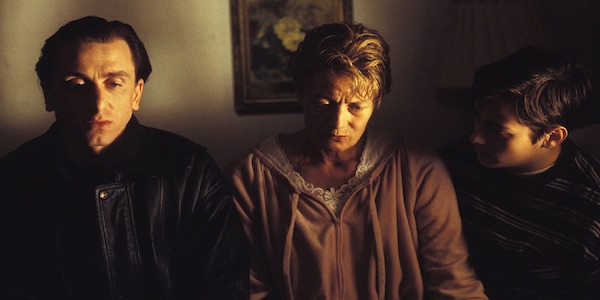
An equally amazing feat, Gray managed to assemble a stacked cast, which included two rising stars, Tim Roth and Edward Furlong, as the brothers the story centers on. Roth had already made a career in England with a series of brilliant character roles throughout the eighties, working with directors like Mike Leigh, Peter Greenaway, and Robert Altman. Prior to “Little Odessa,” he had become a staple for smart and innovative gangster films from “The Hit,” to “Reservoir Dogs,” and, of course, “Pulp Fiction.” Today we might only think of Edward Furlong as prodigy John Connor from “Terminator 2,” but in 1994 he was considered one of the most promising young actors around, having just been nominated for an Independent Spirit Award. Gray also managed to cast two veteran Academy Award winners as their parents, Maximilian Schell (“Judgement at Nuremberg”) and Vanessa Redgrave (“Julia”), each giving career-high performances.
“Little Odessa” premiered at the Venice Film Festival where it won the Silver Lion. It did not hit theaters in the US until the spring of 1995 where it grossed a little over a million dollars, stalling Gray for a couple of years from making another movie. But like many directors who are often hit by the blow of an underperformance at the box office, Gray always manages to pick himself back up.
Gray has said about “Little Odessa” that he did not set out to make a gangster film. He said he wanted to make a movie about his family, his sick mother and his distant father, then added the hitman storyline to make the project more marketable. With “Armageddon Time,” Gray is no longer applying a genre to tell a personal story. He is living proof that there is still room for this kind of intimate storytelling about niche communities. Only time will tell if there is still an audience for it.
“Little Odessa” is now streaming on Tubi and “Armageddon Time” begins its limited release October 28th.
Watch Little Odessa
Does content like this matter to you?
Become a Member and support film journalism. Unlock access to all of Film Inquiry`s great articles. Join a community of like-minded readers who are passionate about cinema - get access to our private members Network, give back to independent filmmakers, and more.
I've been a film lover since being traumatized by "The Shining" at age six. I graduated from Temple Film School and live in Boston now. I am interested in director-driven cinema and exposing the public to lesser known auteurs. I also do private script coverage.









